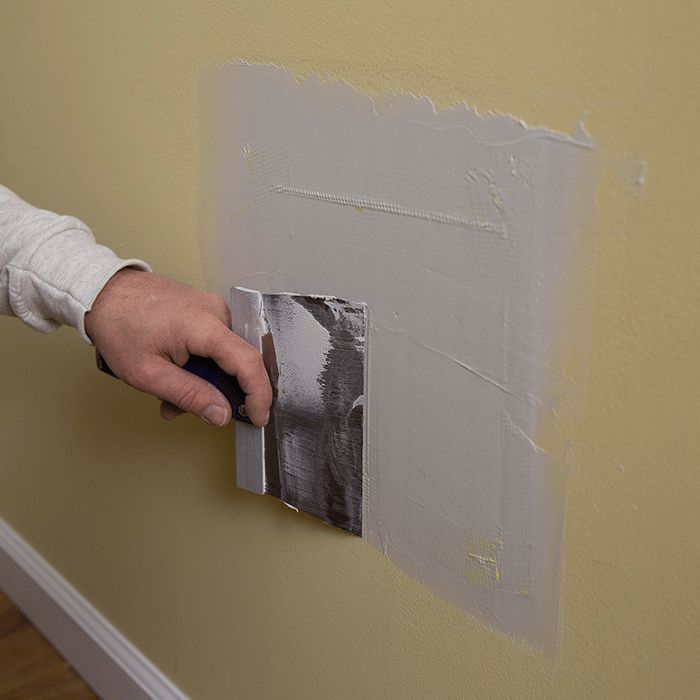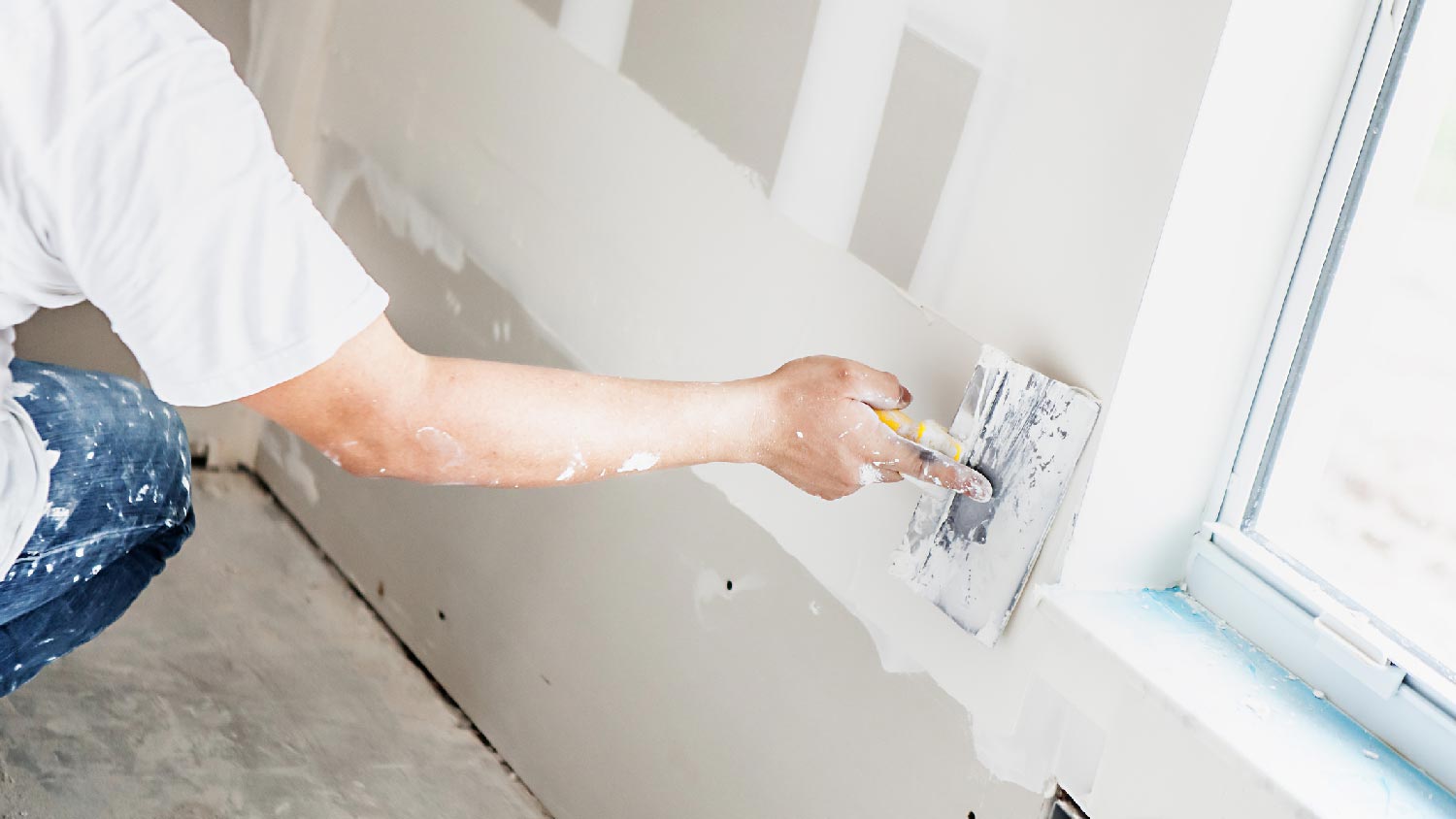Enjoy outstanding craftsmanship in Drywall Installation Ogden Utah with expert-level painting detail.
A Comprehensive Guide to Learning Drywall Repair and Setup
This overview offers a comprehensive exploration of drywall repair service and installation, satisfying both newbies and seasoned professionals. It details essential devices, methods for patching and hanging sheets, and the vital finishing procedures. drywall contractors. By understanding common challenges, individuals can achieve polished outcomes. Grasping these abilities not only improves one's home but also builds confidence in do it yourself endeavors. What fundamental ideas will ensure an effective job from beginning to end?
Crucial Devices for Drywall Fixing and Installation
When beginning on drywall repair and setup, a couple of essential tools can substantially enhance the efficiency and top quality of the work. A drywall knife, typically available in different dimensions, is important for using joint compound and smoothing seams. A taping knife is also needed for feathering sides and making certain a smooth surface. Furthermore, a drywall saw or utility blade enables precise cutting of drywall sheets to fit any space.

Step-by-Step Overview to Patching Holes
Patching openings in drywall is an uncomplicated procedure that can bring back the wall surface's appearance and integrity. To begin, the area around the opening should be cleaned and any kind of loose debris eliminated. For tiny holes, an easy spackle or joint substance can be used with a putty knife. Larger holes may require a patch; an item of drywall can be cut to fit the opening, safeguarded with sticky or screws, and afterwards taped around the edges. Once the patch remains in location, joint compound is used over the patch and feathered out to mix with the surrounding wall. After the substance dries out, sanding is necessary to accomplish a smooth surface. The fixed area can be topped and repainted to match the remainder of the wall surface. This approach ensures a seamless repair work, improving the overall look of the drywall and keeping its architectural stability.
Techniques for Hanging Drywall Sheets
After successfully repairing holes in drywall, the following step involves hanging brand-new drywall sheets to produce a smooth surface area. To accomplish this, one should begin by gauging the wall surface area accurately and reducing the drywall sheets to fit. It is crucial to hang the sheets flat for far better structural stability, beginning with the top and working downwards.
Utilizing a drywall lift can simplify the process, particularly for ceiling installations. As soon as placed, safeguarding the sheets with drywall screws at periods of regarding 12 inches along the edges and 16 inches in the area is important. This guarantees a firm hold and decreases the risk of sagging. For corners, the sheets should be cut to fit comfortably, enabling cleaner seams. Ultimately, it is a good idea to surprise the joints in between sheets to strengthen the total framework, creating a much more long lasting surface prepared for the following stage in the drywall setup process.
Finishing Touches: Insulation and Mudding
Finishing the drywall installment entails the essential actions of taping and mudding, which assure a refined and smooth surface. Insulation requires the application of joint tape over the joints between drywall sheets. Drywall Repair Ogden UT. This tape can be either paper or fiberglass fit together, with each kind offering unique benefits. After taping, the following step is mudding, where joint compound, or "mud," is used to cover the tape and fill up any flaws
Making use of a drywall blade, the compound ought to be spread out evenly, ensuring a feathery side to lessen visible adjustments. Numerous layers are often necessary, with fining sand in between each layer to accomplish a smooth surface area. Mindful focus during this procedure is crucial, as it considerably influences the last look of the wall surface. With the right method and persistence, the end result will be a remarkable structure all set for painting or completing touches.
Typical Mistakes to Avoid in Drywall Projects

Another usual error is not allowing sufficient drying time in between coats, which can catch dampness and jeopardize the finish. Neglecting to feather the sides effectively can create visible lines and flaws. Missing sanding or making use of improper strategies may leave harsh areas. By recognizing these mistakes, individuals can greatly enhance the top quality of their drywall tasks and accomplish a professional-looking finish.
Regularly Asked Questions
Can I Repair Drywall Without Specialist Aid?
Yes, one can fix drywall without expert help. website With the right devices, products, and advice, people can successfully take care of small repair work. However, substantial damage might call for professional experience for ideal results and durability.
How Much Time Does Drywall Compound Require To Dry?
Drywall compound typically takes between 24 to two days to dry completely, relying on elements such as humidity and temperature. Thinner layers might dry quicker, while thicker applications require even more time for perfect results.
What's the Ideal Kind Of Paint for Drywall?
The most effective type of paint for drywall is typically a water-based latex paint. It provides outstanding insurance coverage, longevity, and simplicity of application, making it optimal for indoor walls while permitting for simple clean-up with soap and water.

Just how Do I Protect Against Mold And Mildew on Drywall?
To stop mold and mildew on drywall, warranty appropriate air flow, control moisture levels, make use of mold-resistant materials, and quickly resolve any leakages. Normal evaluations and immediate removal of water damages are additionally important for long-term prevention.
Is Drywall Recyclable After Elimination?
Drywall is recyclable after removal, supplied it is cost-free from pollutants like mold, paint, or various other unsafe materials. Recycling centers can process it right into new products, promoting sustainability and minimizing landfill waste in building and construction.
When beginning on drywall repair and setup, a few important tools can greatly boost the performance and high quality of the job. After successfully fixing openings in drywall, the next step includes hanging brand-new drywall sheets to create a smooth surface area. Finishing the drywall installation involves the important steps of mudding and taping, which ensure a polished and smooth coating. Achieving a polished finish in drywall jobs can be challenging, and a number of typical blunders can undermine the top quality of the job. Yes, one can repair drywall without expert assistance.